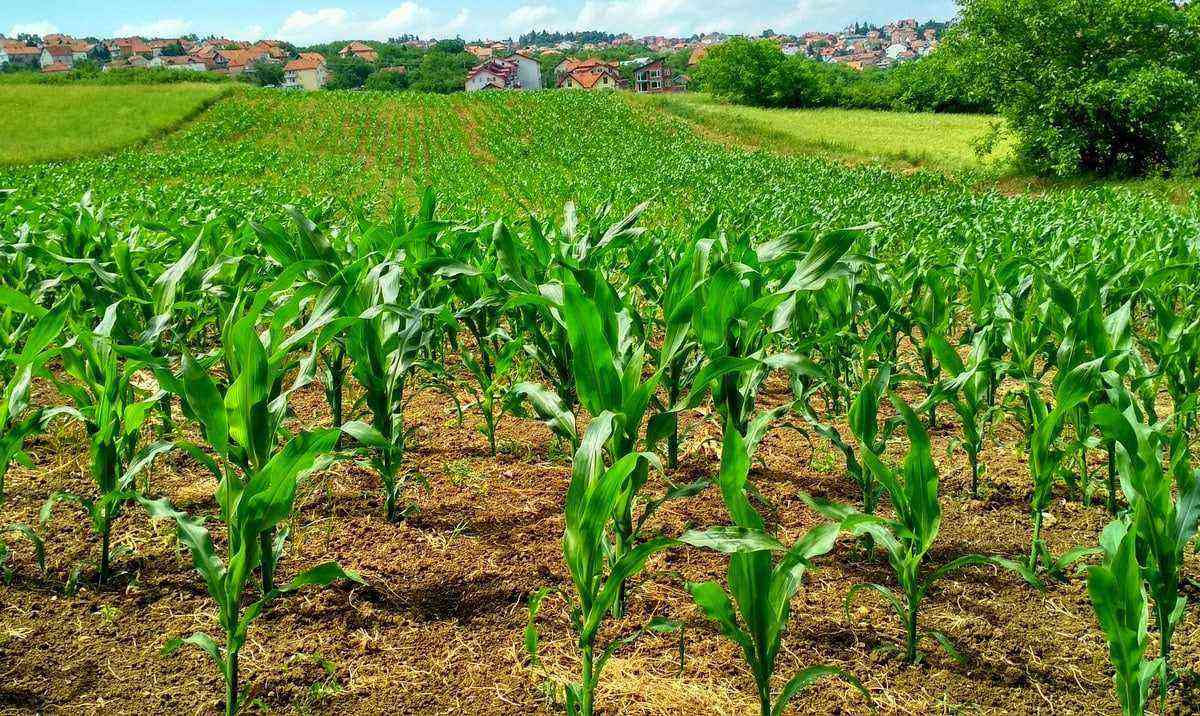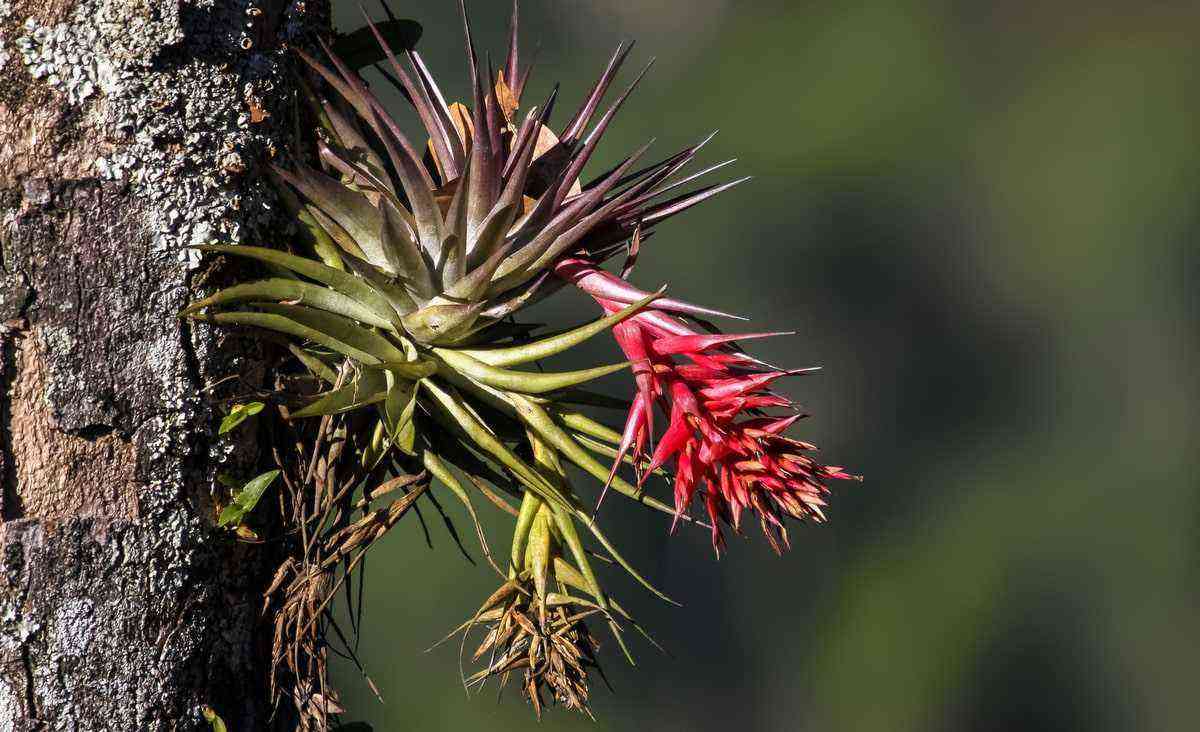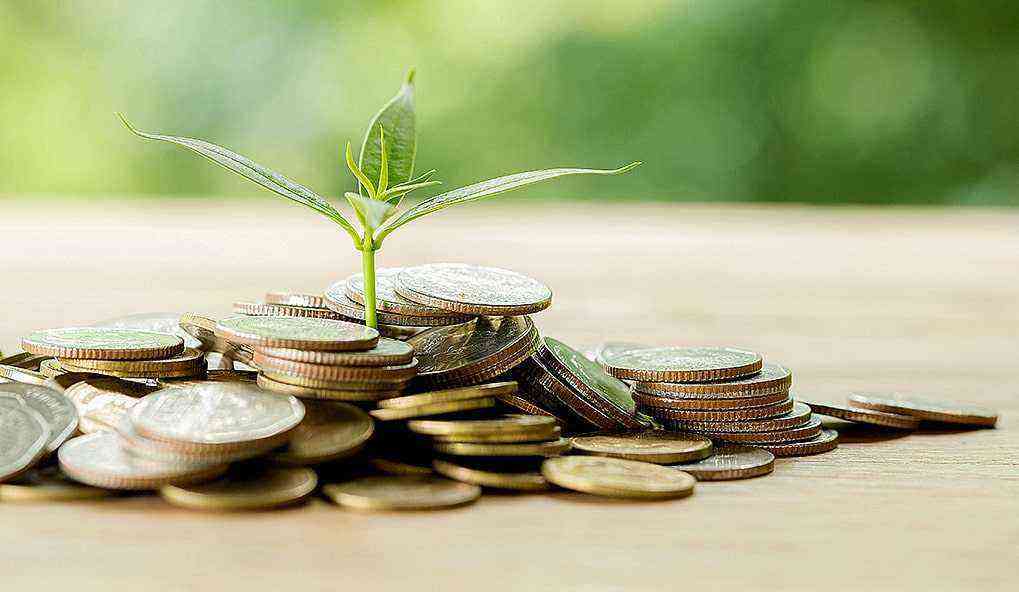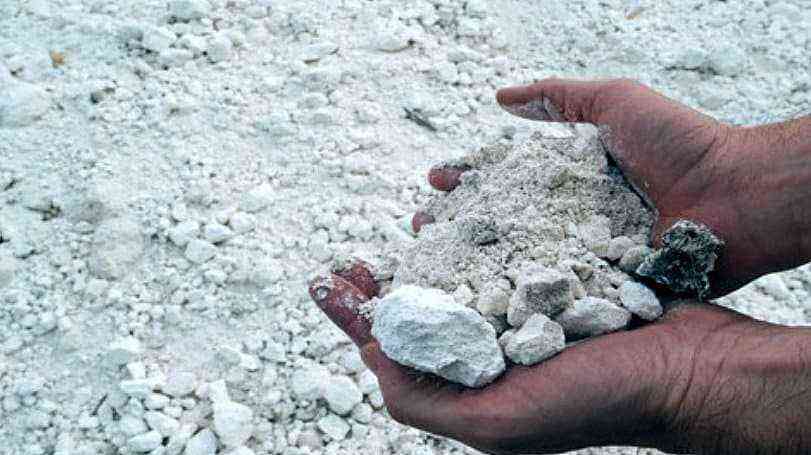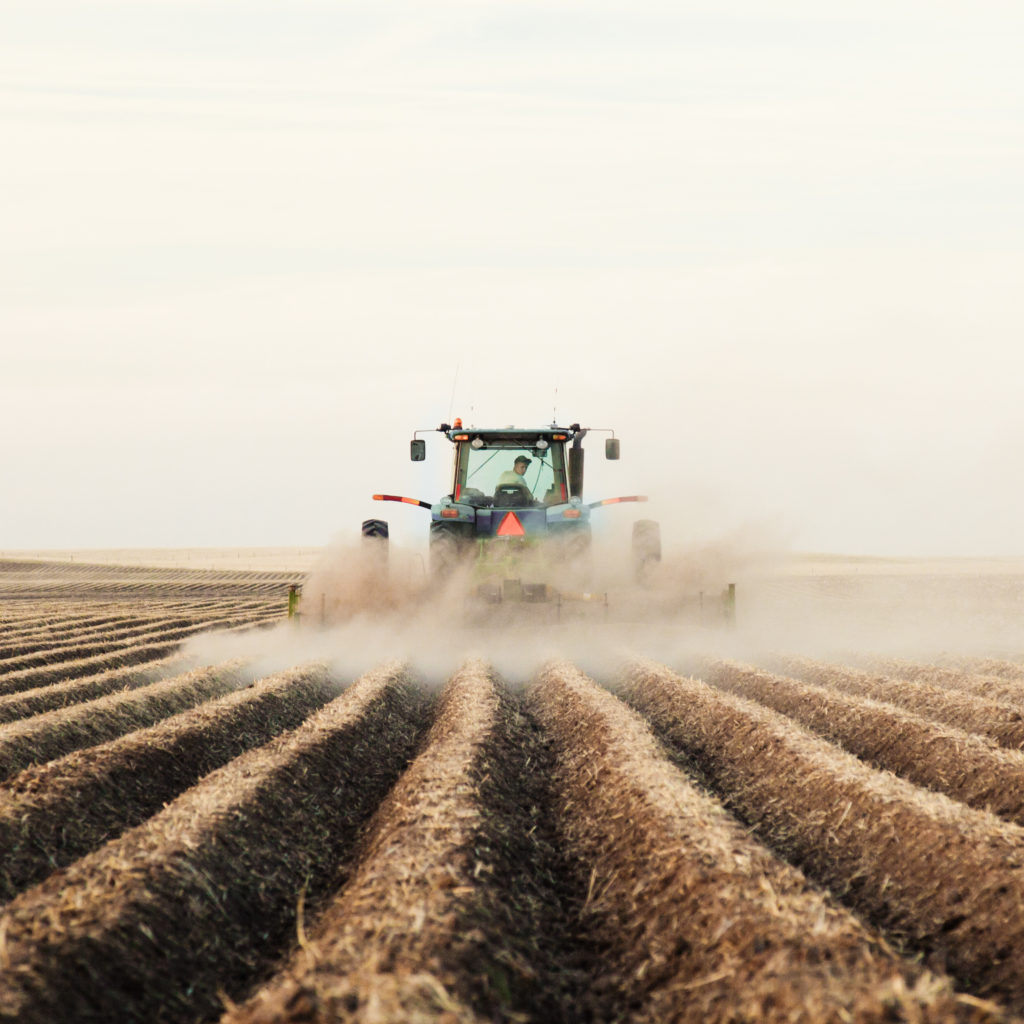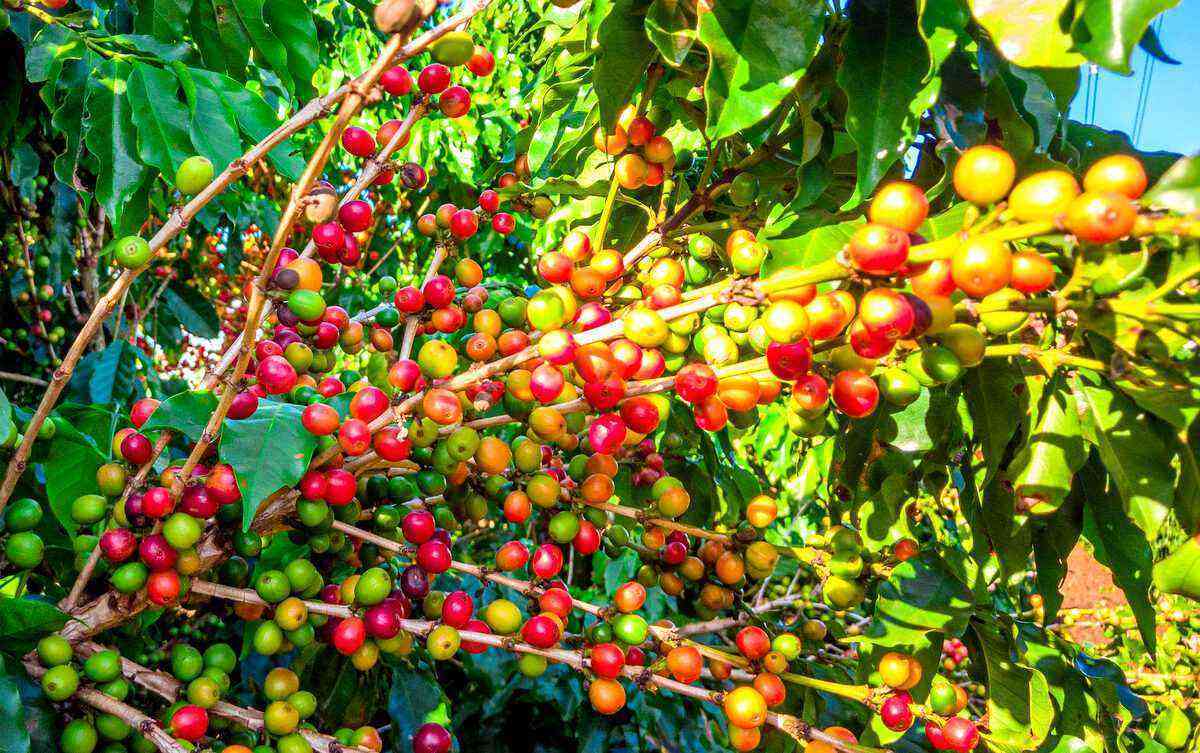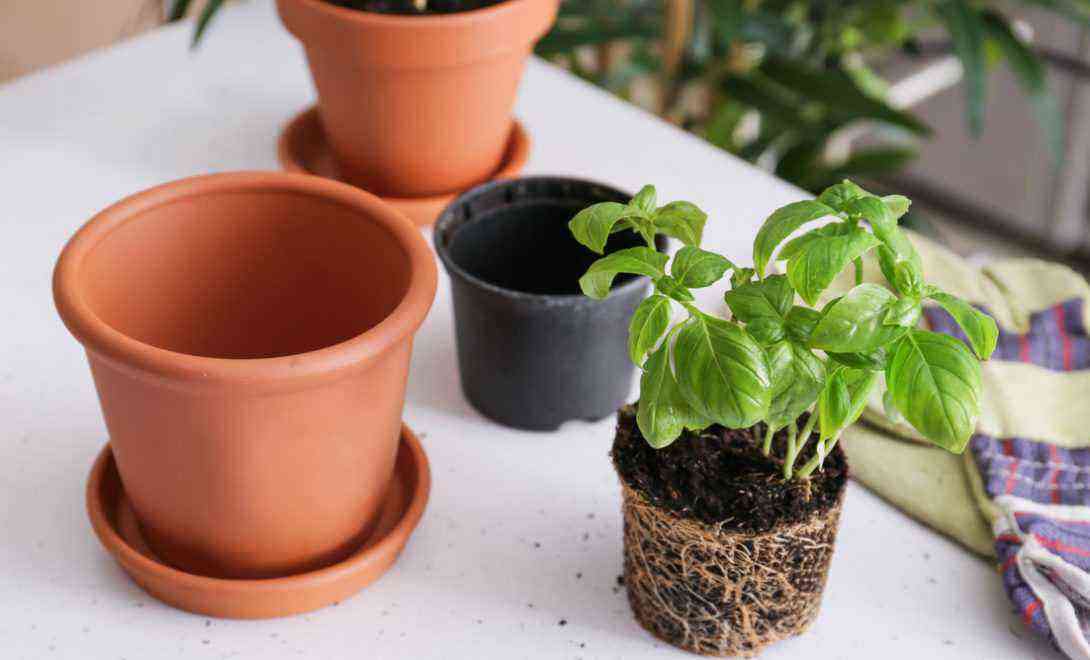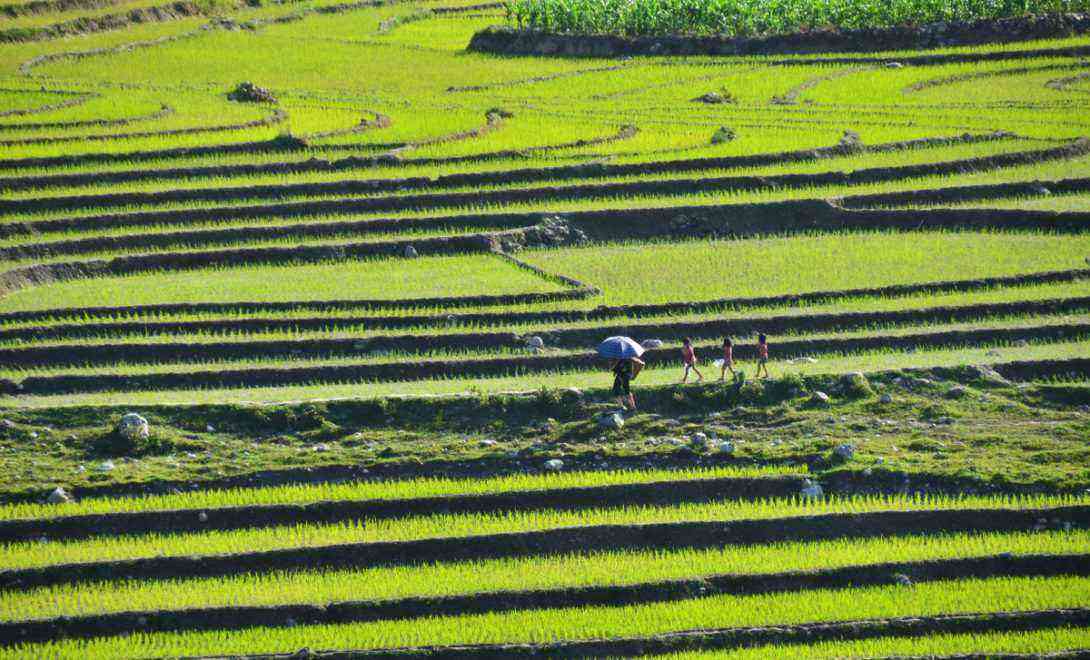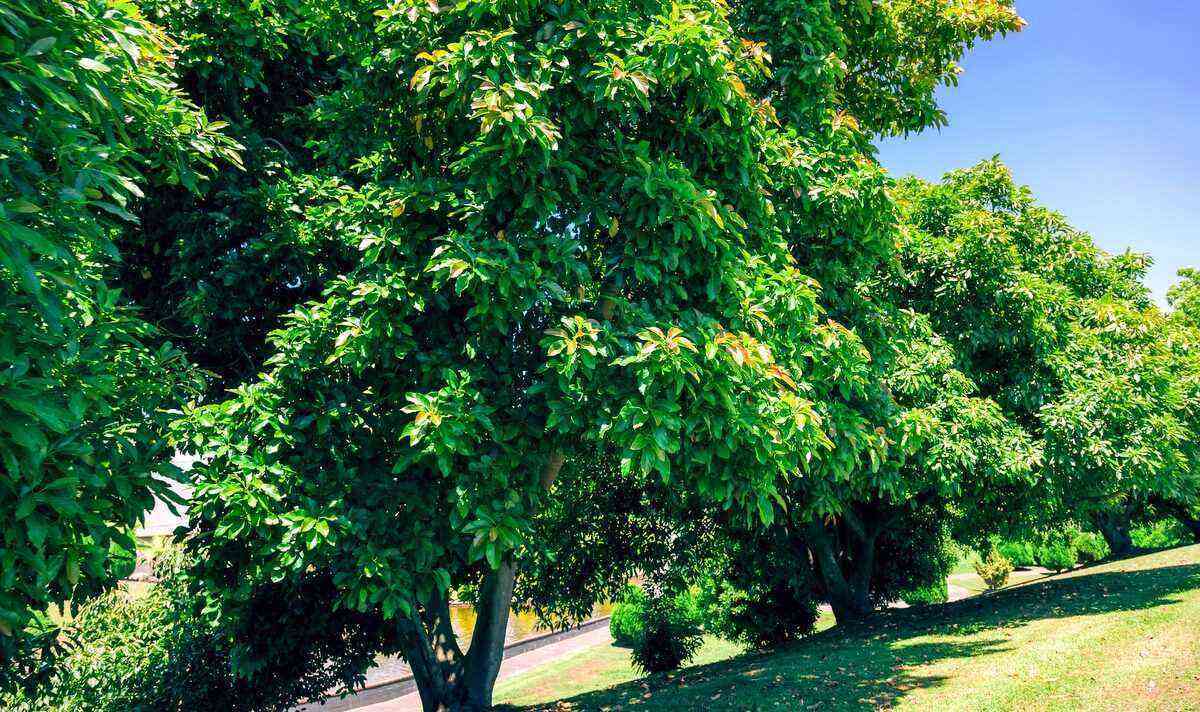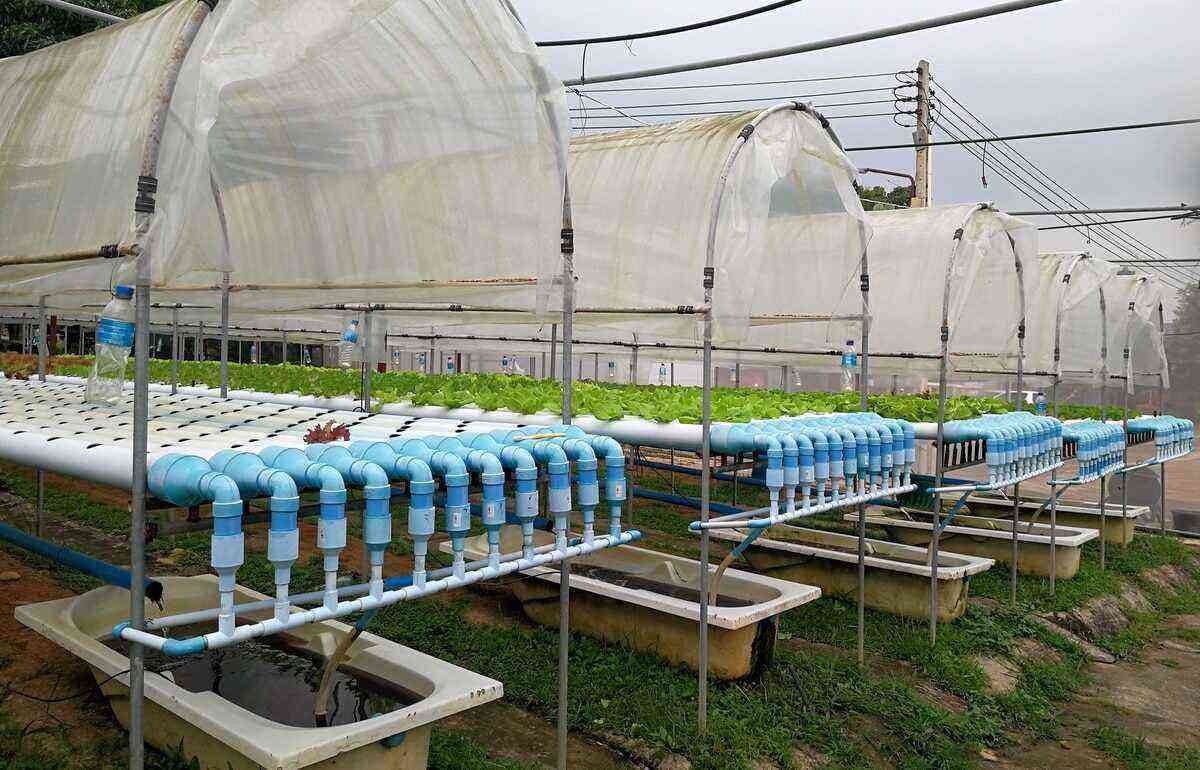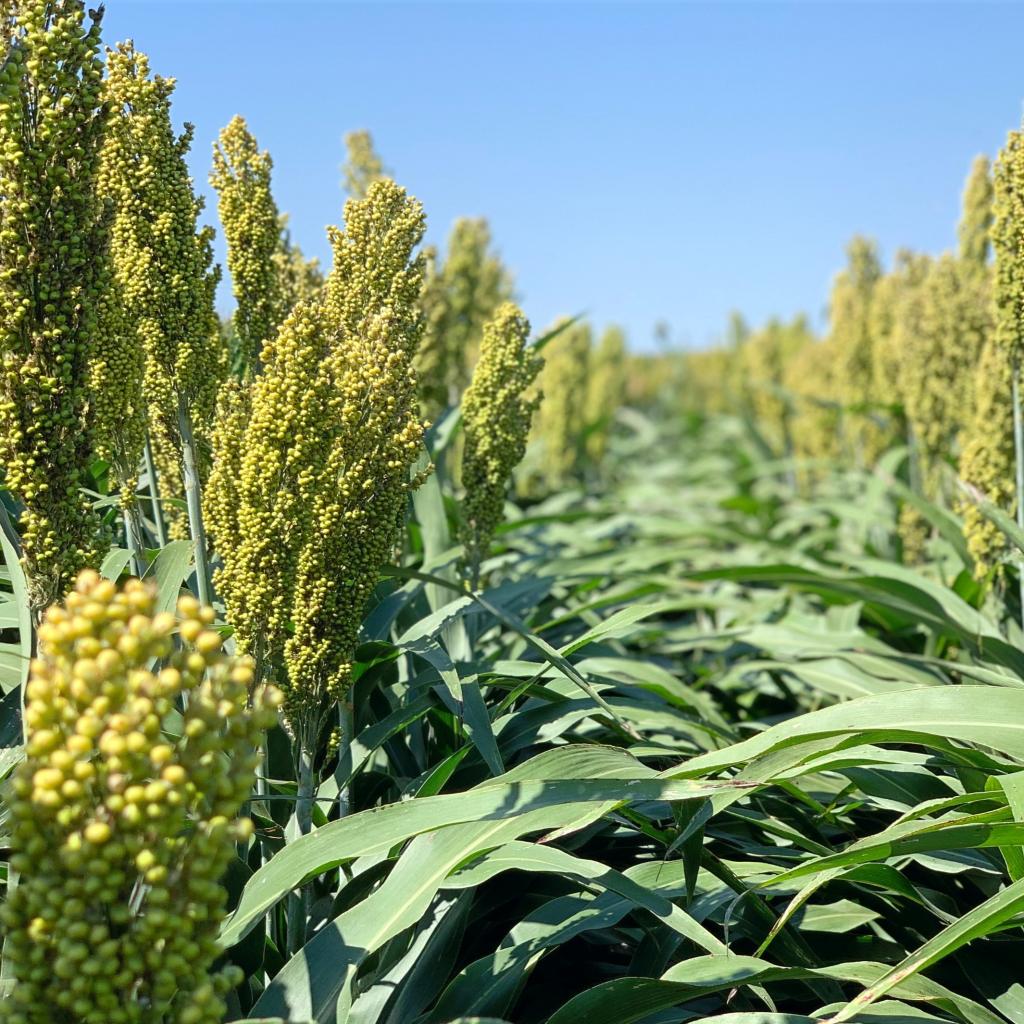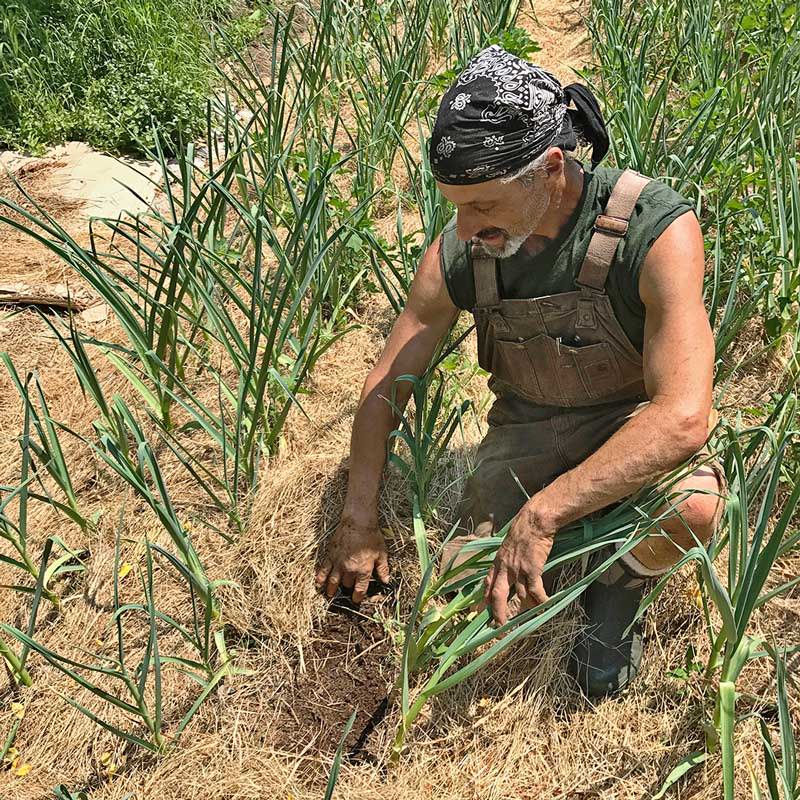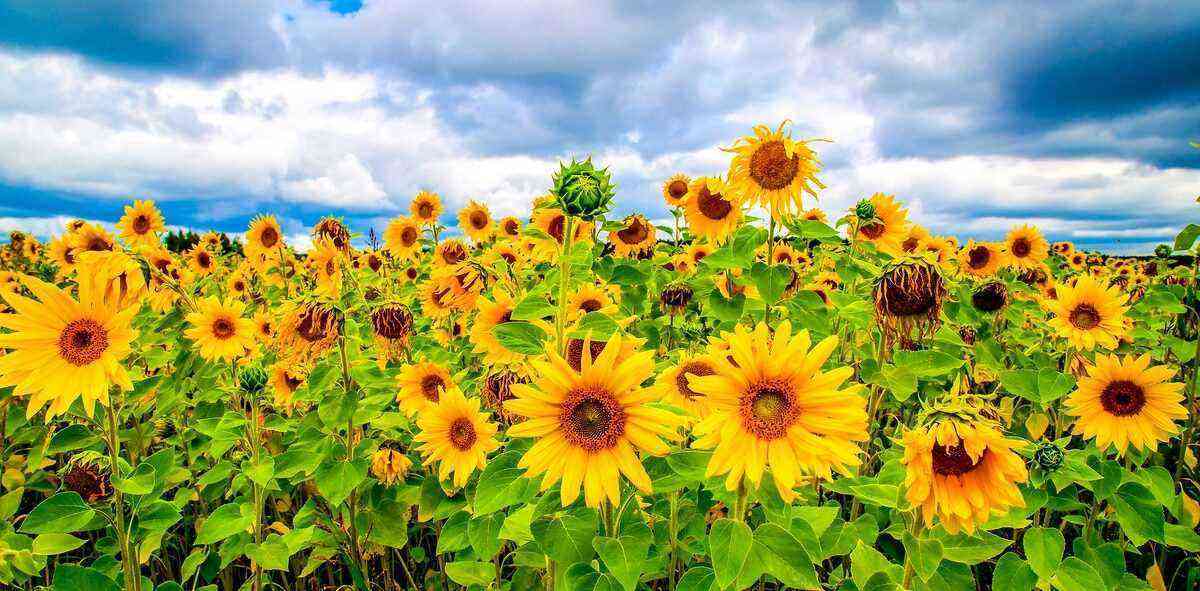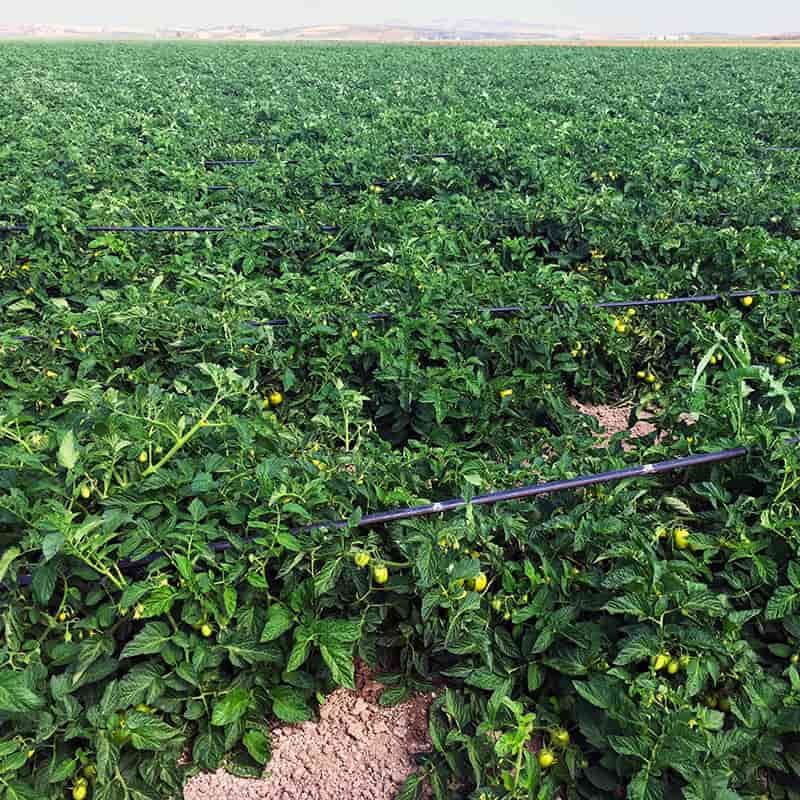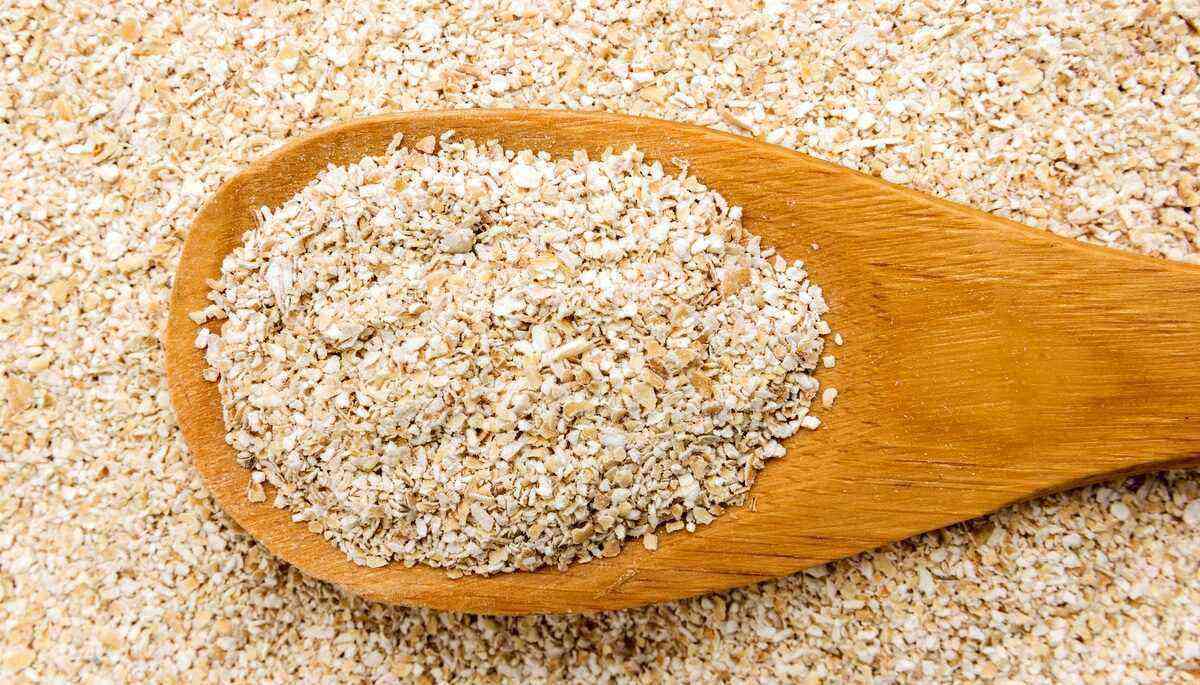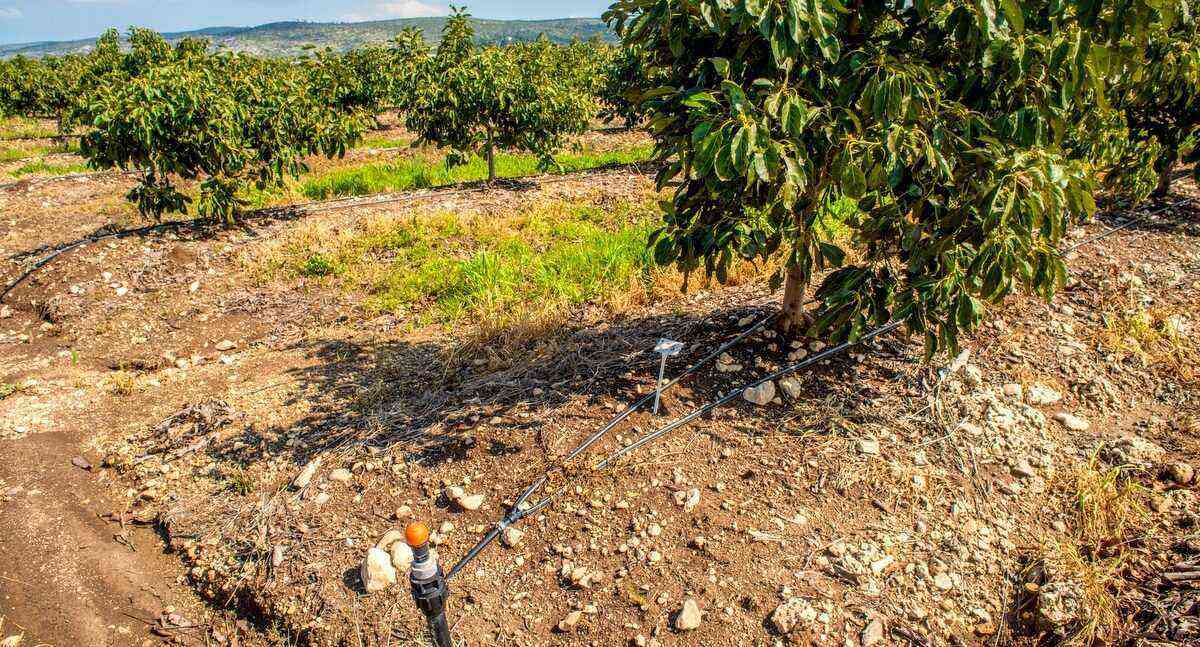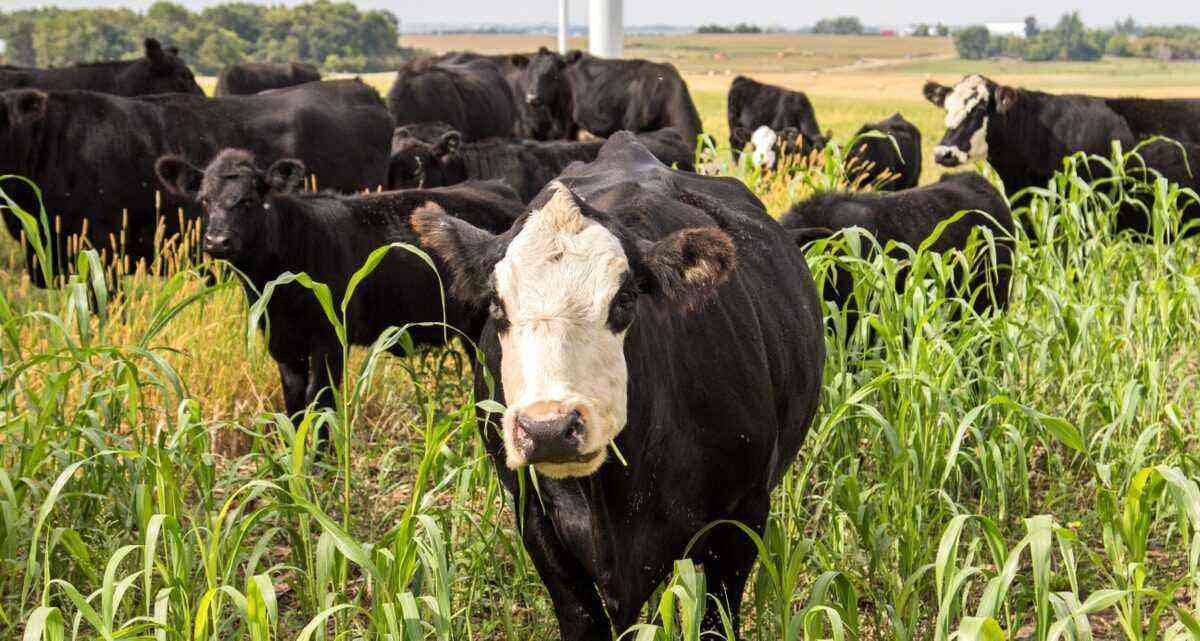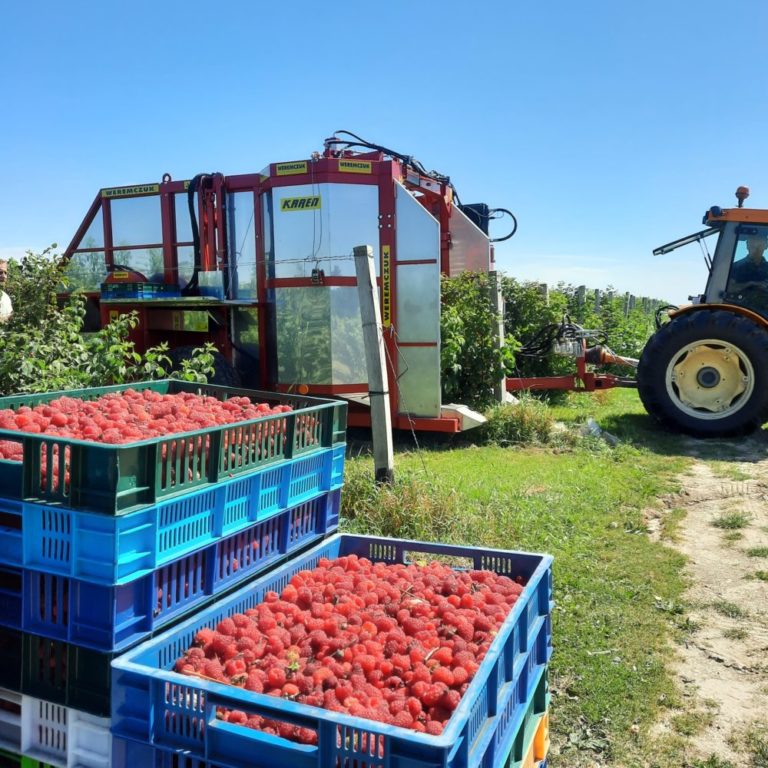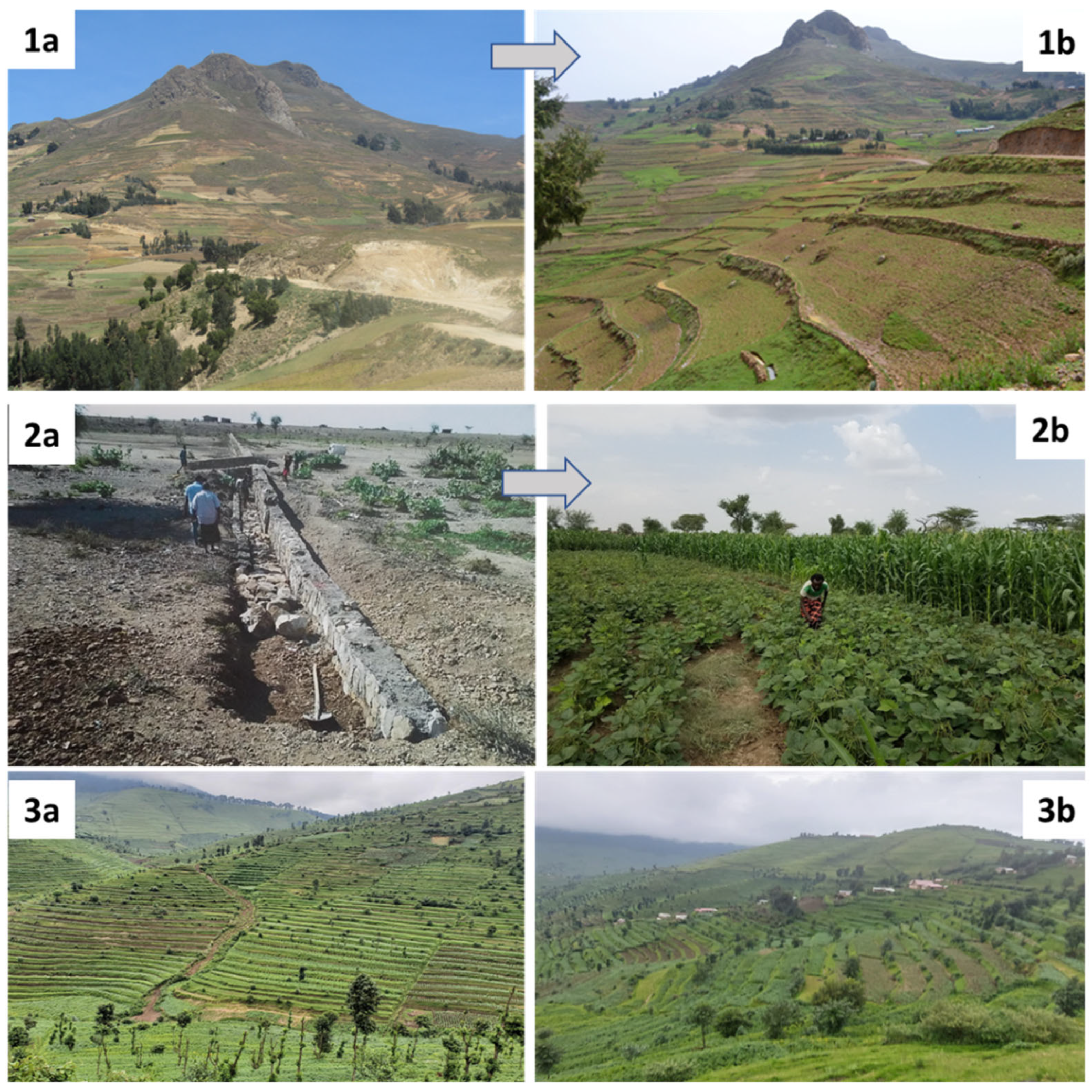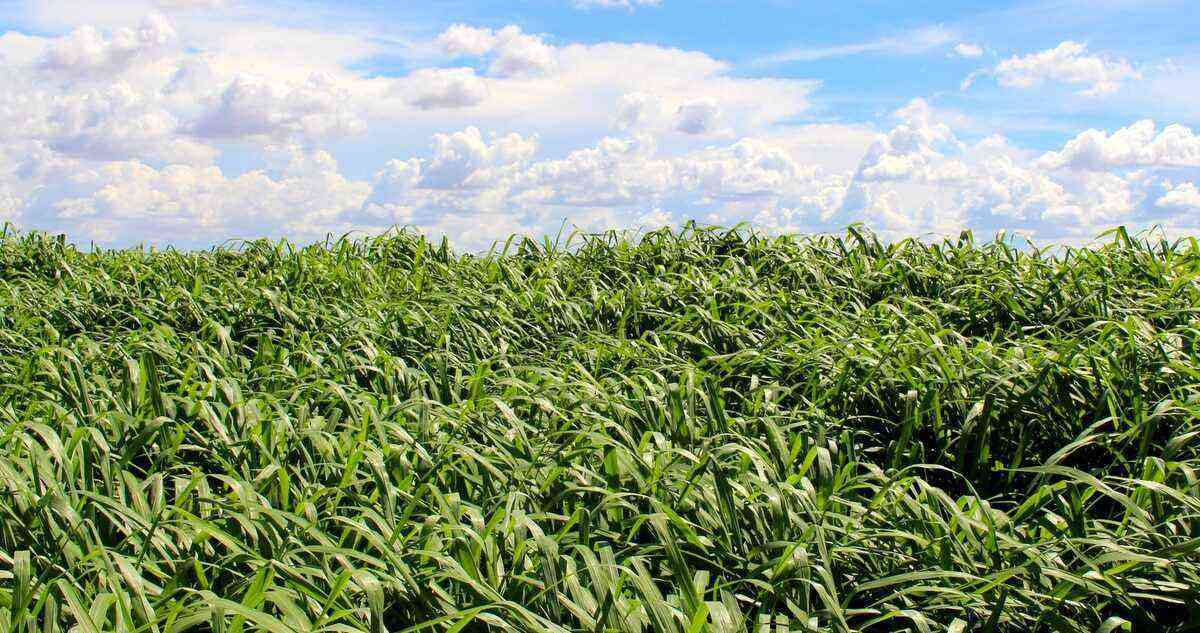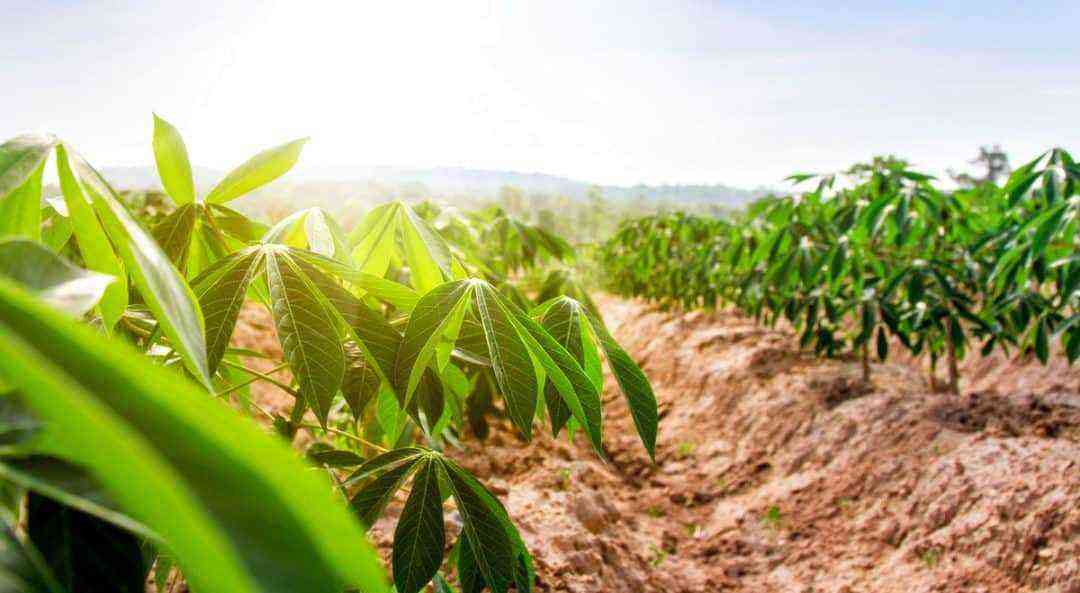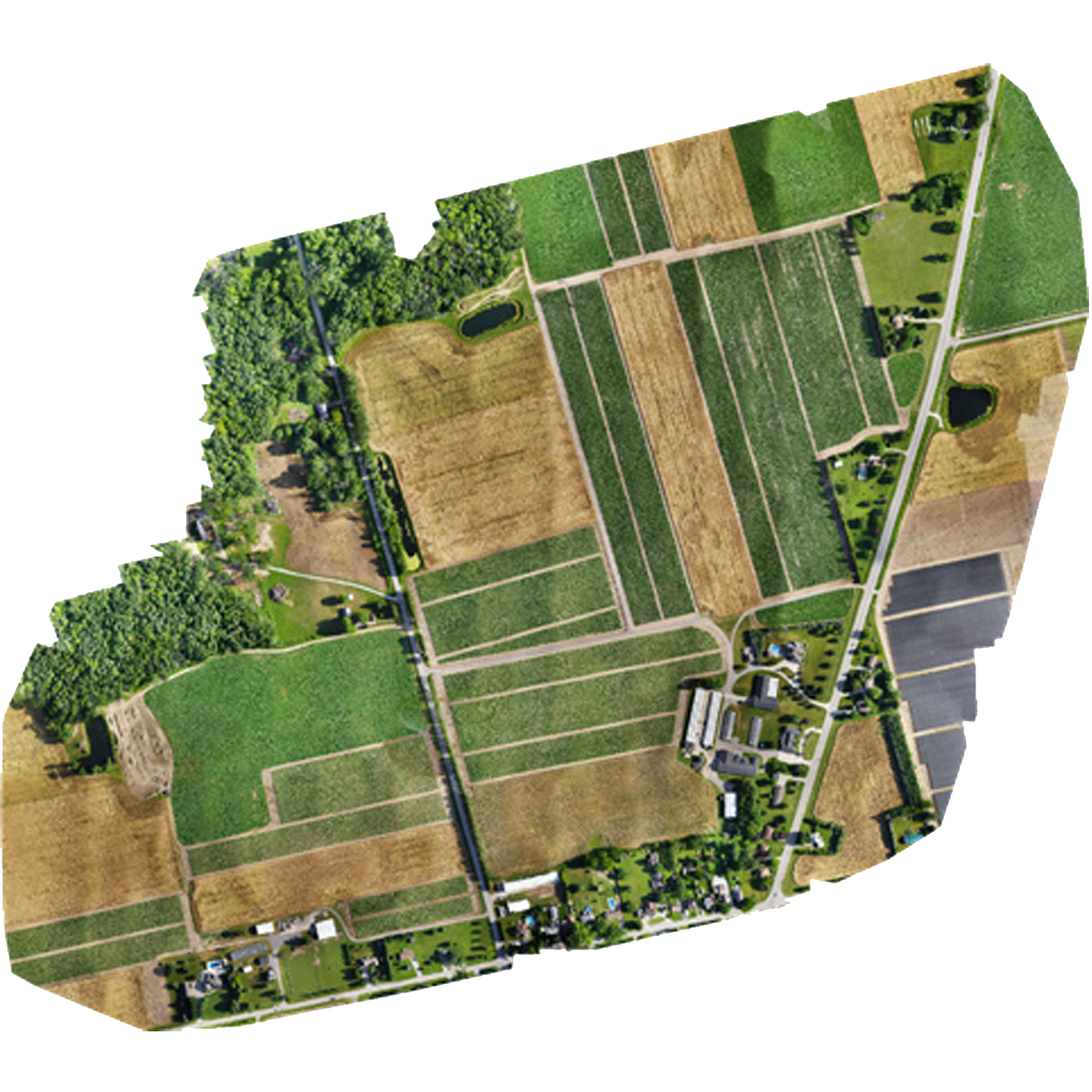Did you know that coffee consumption is so high that it is second only to water? So it is! Soda and even alcoholic beverages are behind in this ranking.
In this article, we will present 24 curiosities about that drink. Read to the end and have a collection of interesting facts at the tip of your tongue to tell around! Check out!
24 fun facts about coffee
1. Let’s start by presenting an impressive data: about 400 billion cups of coffee are served every day around the world.
2. Here in Brazil, the average consumption per person is around 5 kilos of coffee per year, which is equivalent to an average of 80 liters.
3. But, but let’s go back to the beginning of everything. There are several theories about the discovery of coffee. However, the most accepted is that an Ethiopian goat herder noticed that the herd was very euphoric after eating some reddish fruits that fell from a specific tree. Once, he decided to taste them, and he knew, then, the stimulating power of this grain.

A third of the world’s coffee production comes from Brazilian crops. We Brazilians are the second most consuming population!
4. In terms of cultivation, the first country in the world to cultivate the coffee bean was Yemen, in the year 575. The inhabitants stored the grains in pots of animal fat to consume them raw.
5. It was not until the year 1000 that coffee became a drink known and consumed as it is today. At the time, its infusion was discovered with the purpose of being used for medicinal purposes.
6. Until the mid-17th century, the only producers of this drink in the world were the Arabs.
7. In Europe, the race was big with the purpose of knowing who would produce first: Germans, French and Italians tried tirelessly. But, in the end, the first to get the seedlings of the grain in Europe were the dutch. Today, these plants are kept in Amsterdam, in the city’s Botanical Garden.
8. When Europeans first came into contact with coffee, they called it “arabic wine“.
9. To make coffee nutritious and energetic, Europeans, influenced by the Netherlands (dairy region), began to mix it with milk. But this did not last for long, as milk was not produced by many regions of the continent.
10 Later, milk appeared again in a coffee recipe in Italy: the invention of Cappuccino.
11 Although today Brazil is one of the biggest coffee consumers in the world (and the biggest producer in the world), the first plantation of the grain here was to happen only in 1727, no stop. The governor of the state, at the time, sent the sergeant-major of the army, Francisco de Melo Palheta, in order to bring seedlings from French Guiana.
 Among the curiosities, one that always draws attention is the discovery of coffee. The beans, after roasting and grinding, attract consumers all over the world.
Among the curiosities, one that always draws attention is the discovery of coffee. The beans, after roasting and grinding, attract consumers all over the world.
12 A world’s first coffee shop, call “Nice Han” was installed in 1495 in Constantinople.
13 Khair Beg, a governor of Mecca who tried to ban the consumption of grain, was sentenced to death for it.
14 There are two different varieties: the robusta and arabic. Robusta has 22 chromosomes in its genome, and arabica has twice as many, 44.
15 Coffee helps reduce the feeling of sleep, according to studies conducted by Wayne State University in Michigan, USA. In fact, research conducted by Science Translation Medicine pointed out that caffeine in its composition can delay the production of melatonin, hormone responsible for sleep.
16 Data from the World Health Organization (WHO) indicate that not There is scientific evidence that the coffee be addictive or has consequences comparable to the use of stimulant drugs.

Among the benefits, coffee is stimulating, helping with daily tasks. Have you had your cup today?
17 Coffee, however, has proven benefits, as in the fight against a number of diseases such as depression, Alzheimer’s, stress, diabetes and even some types of cancer. It also facilitates digestion and cell rejuvenation.
18 But have contraindication on its consumption to individuals with stomach irritation, advanced osteoporosis, hypersensitivity to caffeine or insomnia.
19 It is recommended to drink up to 400 mg of coffee per day, which gives, on average, 200 to 250 ml of the drink. However, tolerance may vary depending on each person.
20 Brazil is the largest coffee producer in the world, as we have already mentioned. However, you may not yet know that we are leaders in the production and export of more than 150 years ago. That’s right: in 1860 Brazil took the lead in the position of largest exporter in the world, when production, at the time, was 26 million bags of grain.
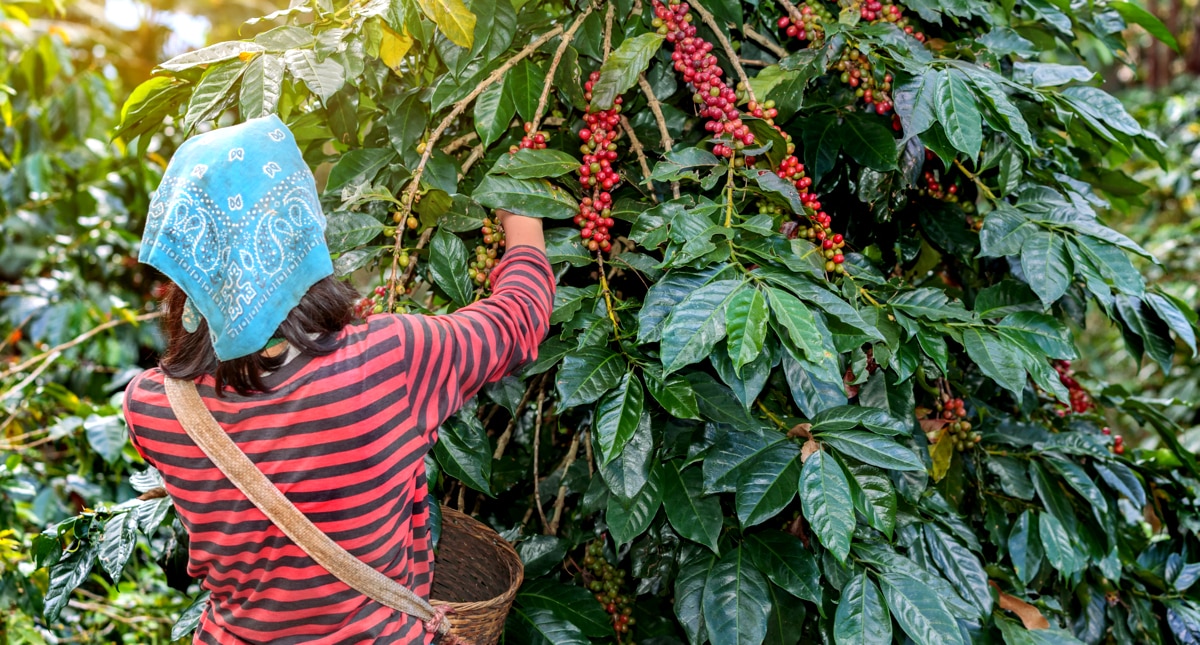
One of the curiosities concerns the dispute over coffee plantations. Today, Brazil is responsible for 1/3 of the world’s production.
21 After Brazil, the largest coffee producers are: Vietnam, Mexico and Colombia.
22 Production also takes place in several other regions, such as Costa Rica, Jamaica, Hawaii, Guatemala, Kenya, Indonesia and Yemen. In Ethiopia it is also produced, however, by trees of native vegetation.
23 The first and famouscoffee king” in the world was Santos Dumont’s father, Henrique Dumont (he was an important planter, with farms in São Paulo).
24. After all, it is no wonder that the experiments carried out with the 14 bis (the first plane in history) were all financed by the sale of this grain. Therefore, would coffee be one of those responsible for the emergence of aviation?
After so many curiosities, it certainly made you want to have a cup of coffee, didn’t you? How about discovering a new recipe? The drink is not only consumed hot, a very popular way to consume it is chilled. Check it out at video, how to make a delicious creamy iced coffee:
Source: Try it by Cecilia Padilha.
If you liked this article, enjoy and access our post about specialty coffees. Good reading!



